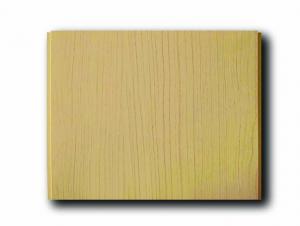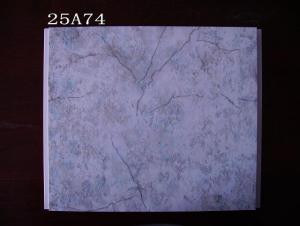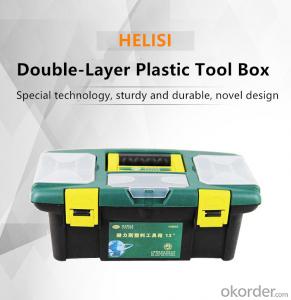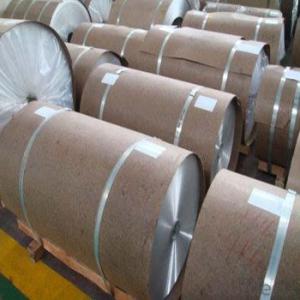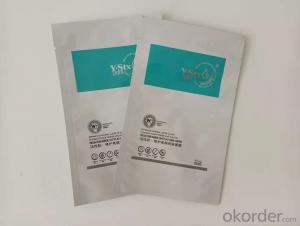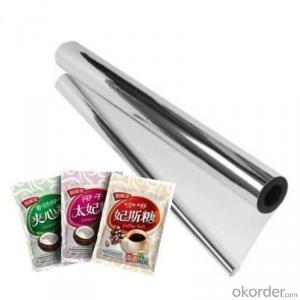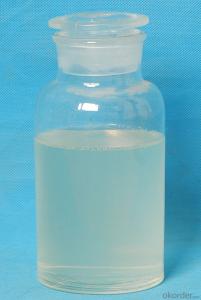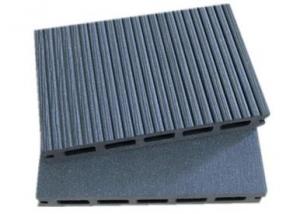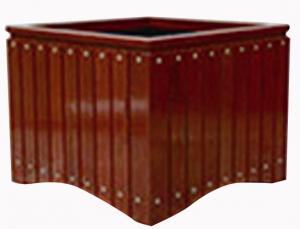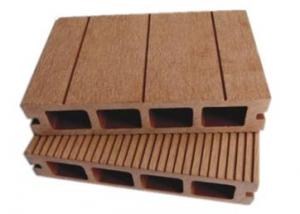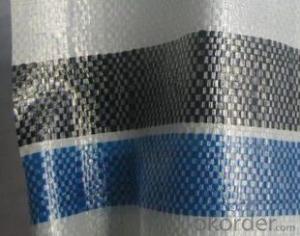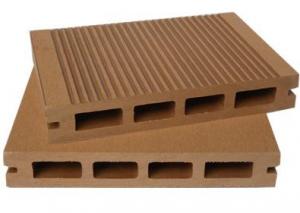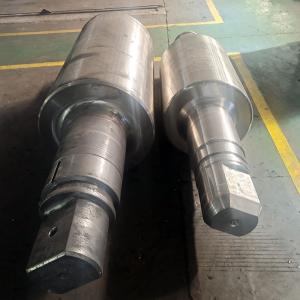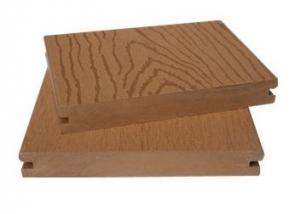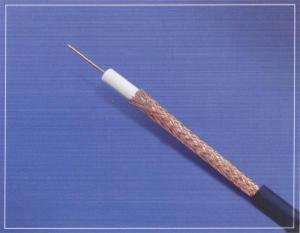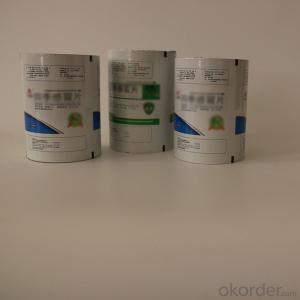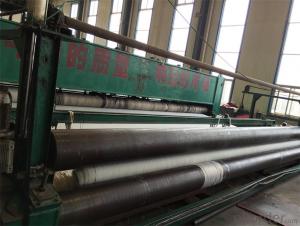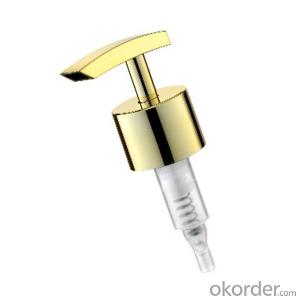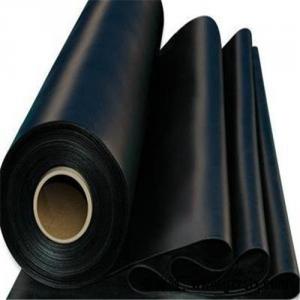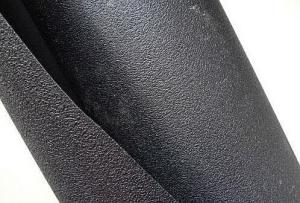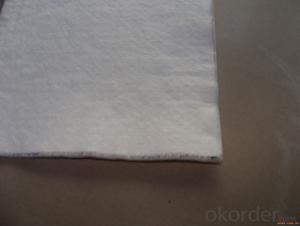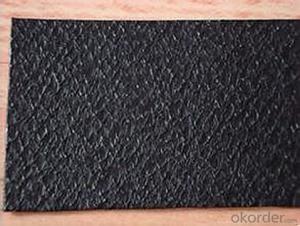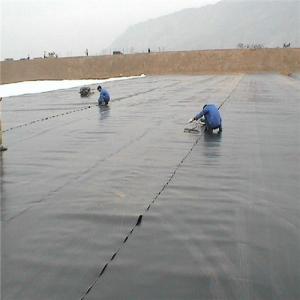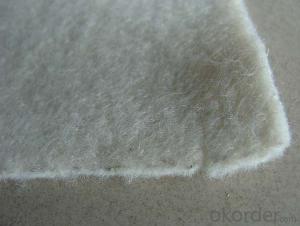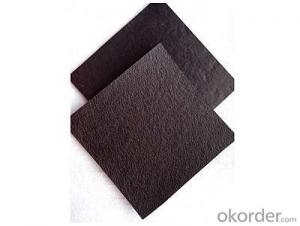Colored Plastic Sheeting Rolls
Colored Plastic Sheeting Rolls Related Searches
Primer For Galvanized Steel H S Code For Stainless Steel Wd 40 For Stainless Steel Spray Paint For Stainless Steel Drill Bits For Stainless Steel Sponge For Stainless Steel Caulking For Stainless Steel Steel Vessels For Kitchen Best Solar Inverter For Home Led Table Lamps For HomeHot Searches
Steel Mesh Panels For Sale Price For Stainless Steel Scrap Scrap Price For Stainless Steel Cheap High Tea Sets For Sale Stainless Steel Tanks For Sale High Density Fiberboard For Sale Solar Hot Water Collectors For Sale Scaffolding For Sale In Uae Scaffolding For Sale In Ireland Scaffolding For Sale In Houston Type Of Inverter For Solar Price Of Shipping Containers For Sale Stock Price For Aluminum Used Solar Inverter For Sale Portable Led Signs For Sale Stone Hot Water Bottles For Sale Large Led Screens For Sale Used Aluminum Scaffolding For Sale 1/4 Aluminum Plate For Sale Pvc Chairs For SaleColored Plastic Sheeting Rolls Supplier & Manufacturer from China
Okorder.com is a professional Colored Plastic Sheeting Rolls supplier & manufacturer, offers integrated one-stop services including real-time quoting and online cargo tracking. We are funded by CNBM Group, a Fortune 500 enterprise and the largest Colored Plastic Sheeting Rolls firm in China.Hot Products
FAQ
- nan
- Washing the screen protector does not require any special cleanout fluid. . . You need not spend the money to stick the film, the wet tissue in general supermarket can fully meet your needs, and it contains a small amount of alcohol which can clean out the greasy dirt and dust on your mobile phone film. Or you can use the anti-static cloth to wipe, and then use the scotch tape to clean out. At last, you can stick the film. Basically, you can use the clear liquid detergent, but not too much.
- Will the fish pond in addition to cement and water there is no way to waterproof, but do not know the effect of geomembrane, ask the teachers who understand ah?
- Geomembrane is commonly used, the effect is good
- When selecting a geomembrane for fish farming ponds, several considerations need to be taken into account. Firstly, the geomembrane should have high resistance to punctures and tears to prevent leaks and ensure the structural integrity of the pond. It also needs to be chemically resistant to withstand exposure to water, fish waste, and disinfectants commonly used in aquaculture. UV resistance is crucial to prevent degradation from prolonged exposure to sunlight. The geomembrane should also be easy to install and maintain, as well as cost-effective. Lastly, its durability and longevity should be considered to ensure the long-term success of the fish farming operation.
- Geomembranes handle high water pressure by being made from materials that are impermeable to water and have high tensile strength. These materials, such as reinforced polyethylene, are specifically designed to withstand the force exerted by high water pressure without rupturing or leaking. Additionally, geomembranes are often installed with proper anchoring and support systems to further enhance their ability to handle high water pressure.
- nan
- The precondition for installation of electrothermal film: 1) Construction drawings and other technical documents are complete. 2) The construction design or construction?scheme has been determined and technical disclosure is completed. 3) Materials, tools and construction manpower which meet the requirements of construction are ready. 4) The plastering of the internal walls has been completed and the ground engineering has ended. Other invisible pipeline project has ended. 5) The floor is clean and has no sundries on it. 6) Distribution box is in place. The project of power supply and other branch circuits has ended. The installation process of the intelligent electrothermal film (floor) heating system is as follows: (1) Clean the floor and install the extruded board; (2) Install the electrothermal?film; (3) Connect T-cables; (4) Buckle extruded boards; (5) Test the multimeter; (6) Install the temperature sensing probe; (7) Install the temperature controller; (8) Electrify and test.
- Geomembranes play a crucial role in landfill capping by acting as a barrier to prevent the release of harmful substances into the environment. They are placed on top of the landfill, effectively sealing it off and preventing the contaminants from leaching into the soil and groundwater. This helps to protect the surrounding ecosystems and human health while also preventing the spread of odors and gases from the landfill. Additionally, geomembranes can provide stability to the landfill cap, preventing erosion and ensuring the long-term integrity of the waste containment system.
- Geomembranes prevent liquid and gas migration by acting as impermeable barriers that effectively seal off the underlying soil or substrate. These synthetic liners are designed to have extremely low permeability, meaning they do not allow the liquid or gas to pass through their structure. By effectively containing the fluid or gas in one area, geomembranes prevent any migration or leakage, thereby protecting the surrounding environment from contamination or loss of valuable resources.
- Yes, geomembranes can be used in wastewater effluent storage and treatment facilities. Geomembranes are impermeable liners that can effectively contain and prevent the leakage of wastewater, providing a reliable solution for storage and treatment facilities. They are resistant to chemical degradation and provide a robust barrier against contaminants, making them suitable for containing and treating wastewater effectively.





